
1. So, the current power batteries are roughlyThe following are ternary lithium batteries, lithium iron phosphate batteries, lithium cobalt batteries, nickel-metal hydride batteries and solid-state batteries. Among them, new energy trams generally use ternary lithium batteries and lithium iron phosphate batteries, which is the so-called "double hegemony".
2. The battery types of new energy vehicles are as follows: lead-acid batteries: lead-acid batteries have low cost, good low temperature, and high cost performance. Low energy density, short life, large volume and poor safety. Electric vehicles, as power, cannot have good speed and high range due to low energy density and service life. They are generally used for low-speed vehicles.
3. The types of new energy vehicle batteries are mainly: lithium-ion batteries, nickel-metal hydride batteries, fuel cells, lead-acid batteries and supercapacitors. Lead-acid batteries: Lead-acid batteries have a history of more than 100 years and are widely used as the starting power source for internal combustion engine vehicles.

So, the current power battery is roughly There are the following types, namely ternary lithium batteries, lithium iron phosphate batteries, lithium cobalt acid batteries, nickel-metal hydride batteries and solid-state batteries. Among them, new energy trams generally use ternary lithium batteries and lithium iron phosphate batteries, which is the so-called "double hegemony".
Hello, it's my pleasure to solve for you that there are five main types of new energy vehicle batteries, which are: lithium cobalt acid batteries, lithium iron phosphate batteries, nickel-metal hydride batteries, ternary lithium batteries and graphene batteries. The advantages and disadvantages of these five batteries will help you outline the solution
The types of new energy vehicle batteries are mainly: lithium-ion batteries, nickel-metal hydride batteries, fuel cells, lead-acid batteries and supercapacitors. Lead-acid batteries: Lead-acid batteries have a history of more than 100 years and are widely used as the starting power source for internal combustion engine vehicles.
New energy vehicle batteries are mainly divided into the following categories: Lithium-ion Battery: One of the most commonly used battery technologies at present, with the characteristics of high energy density, long life and low self-discharge rate. Lithium-ion batteries are widely used in electric vehicles and hybrid vehicles.
Power batteries for new energy vehicles mainly include lead-acid batteries, nickel-metal hydride batteries, lithium batteries and hydrogen fuel cells. At present, lithium batteries have great advantages in terms of energy density, life and environmental protection performance, and are the first choice for power batteries.
Power batteries that can be used for new energy vehicles often have three classification methods according to the characteristics of positive and negative electrode materials and electrochemical components.
Motor technology: New energy vehicles use motors to drive tires, and the efficiency and reliability of the motor have a direct impact on the performance and life of the vehicle. Control technology: The control technology of new energy vehicles mainly includes battery management system, motor control system, on-board communication system, etc. These systems can monitor, control and optimize management of vehicles.
In terms of the cost composition of new energy vehicles, the battery drive system accounts for 30-50% of the cost of new energy vehicles. Since the birth of electric vehicles, power battery technology has been restricting the practicalization process of electric vehicles. Improving power density, energy density, service life and cost reduction have always been the core of electric vehicle power battery technology research and development.
In general, with the continuous investment and technological innovation of the automobile industry in electric vehicles, the battery performance and safety performance of new energy vehicles in the future will continue to improve, bringing more convenient and safe choices for people's travel.
4 lithium series batteries, such as lithium-ion batteries, lithium polymer batteries and lithium-sulfur batteries.5 Manganese dioxide series batteries, such as zinc-manganese batteries, alkaline manganese batteries, etc. 6 Air (oxygen) series batteries, such as zinc air batteries, aluminum air batteries, etc.
Well, the current power batteries are roughly as follows, namely ternary lithium batteries, lithium iron phosphate batteries, lithium cobalt batteries, nickel-metal hydride batteries and solid-state batteries. Among them, new energy trams generally use ternary lithium batteries and lithium iron phosphate batteries, which is the so-called "double hegemony".
New energy vehicle power battery classification New energy vehicle batteries can be roughly divided into two categories, one is lithium iron phosphate battery (LFP) and the other is cobalt acid lithium battery (NCA, NCM). Lithium iron phosphate battery (LFP): The positive electrode material of this battery is composed of lithium iron phosphate, which is highly safe and not easy to explode and pollute the environment.
The types of new energy vehicle batteries are mainly: lithium-ion batteries, nickel-metal hydride batteries, fuel cells, lead-acid batteries and supercapacitors. Lead-acid batteries: Lead-acid batteries have a history of more than 100 years and are widely used as the starting power source for internal combustion engine vehicles.
At present, the types of batteries widely used in new energy vehicles are secondary batteries, which can be divided into lead-acid batteries, nickel-metal hydride batteries, nickel-cadmium batteries, lithium metal batteries, lithium-ion batteries, etc.
Casino Plus app-APP, download it now, new users will receive a novice gift pack.
1. So, the current power batteries are roughlyThe following are ternary lithium batteries, lithium iron phosphate batteries, lithium cobalt batteries, nickel-metal hydride batteries and solid-state batteries. Among them, new energy trams generally use ternary lithium batteries and lithium iron phosphate batteries, which is the so-called "double hegemony".
2. The battery types of new energy vehicles are as follows: lead-acid batteries: lead-acid batteries have low cost, good low temperature, and high cost performance. Low energy density, short life, large volume and poor safety. Electric vehicles, as power, cannot have good speed and high range due to low energy density and service life. They are generally used for low-speed vehicles.
3. The types of new energy vehicle batteries are mainly: lithium-ion batteries, nickel-metal hydride batteries, fuel cells, lead-acid batteries and supercapacitors. Lead-acid batteries: Lead-acid batteries have a history of more than 100 years and are widely used as the starting power source for internal combustion engine vehicles.

So, the current power battery is roughly There are the following types, namely ternary lithium batteries, lithium iron phosphate batteries, lithium cobalt acid batteries, nickel-metal hydride batteries and solid-state batteries. Among them, new energy trams generally use ternary lithium batteries and lithium iron phosphate batteries, which is the so-called "double hegemony".
Hello, it's my pleasure to solve for you that there are five main types of new energy vehicle batteries, which are: lithium cobalt acid batteries, lithium iron phosphate batteries, nickel-metal hydride batteries, ternary lithium batteries and graphene batteries. The advantages and disadvantages of these five batteries will help you outline the solution
The types of new energy vehicle batteries are mainly: lithium-ion batteries, nickel-metal hydride batteries, fuel cells, lead-acid batteries and supercapacitors. Lead-acid batteries: Lead-acid batteries have a history of more than 100 years and are widely used as the starting power source for internal combustion engine vehicles.
New energy vehicle batteries are mainly divided into the following categories: Lithium-ion Battery: One of the most commonly used battery technologies at present, with the characteristics of high energy density, long life and low self-discharge rate. Lithium-ion batteries are widely used in electric vehicles and hybrid vehicles.
Power batteries for new energy vehicles mainly include lead-acid batteries, nickel-metal hydride batteries, lithium batteries and hydrogen fuel cells. At present, lithium batteries have great advantages in terms of energy density, life and environmental protection performance, and are the first choice for power batteries.
Power batteries that can be used for new energy vehicles often have three classification methods according to the characteristics of positive and negative electrode materials and electrochemical components.
Motor technology: New energy vehicles use motors to drive tires, and the efficiency and reliability of the motor have a direct impact on the performance and life of the vehicle. Control technology: The control technology of new energy vehicles mainly includes battery management system, motor control system, on-board communication system, etc. These systems can monitor, control and optimize management of vehicles.
In terms of the cost composition of new energy vehicles, the battery drive system accounts for 30-50% of the cost of new energy vehicles. Since the birth of electric vehicles, power battery technology has been restricting the practicalization process of electric vehicles. Improving power density, energy density, service life and cost reduction have always been the core of electric vehicle power battery technology research and development.
In general, with the continuous investment and technological innovation of the automobile industry in electric vehicles, the battery performance and safety performance of new energy vehicles in the future will continue to improve, bringing more convenient and safe choices for people's travel.
4 lithium series batteries, such as lithium-ion batteries, lithium polymer batteries and lithium-sulfur batteries.5 Manganese dioxide series batteries, such as zinc-manganese batteries, alkaline manganese batteries, etc. 6 Air (oxygen) series batteries, such as zinc air batteries, aluminum air batteries, etc.
Well, the current power batteries are roughly as follows, namely ternary lithium batteries, lithium iron phosphate batteries, lithium cobalt batteries, nickel-metal hydride batteries and solid-state batteries. Among them, new energy trams generally use ternary lithium batteries and lithium iron phosphate batteries, which is the so-called "double hegemony".
New energy vehicle power battery classification New energy vehicle batteries can be roughly divided into two categories, one is lithium iron phosphate battery (LFP) and the other is cobalt acid lithium battery (NCA, NCM). Lithium iron phosphate battery (LFP): The positive electrode material of this battery is composed of lithium iron phosphate, which is highly safe and not easy to explode and pollute the environment.
The types of new energy vehicle batteries are mainly: lithium-ion batteries, nickel-metal hydride batteries, fuel cells, lead-acid batteries and supercapacitors. Lead-acid batteries: Lead-acid batteries have a history of more than 100 years and are widely used as the starting power source for internal combustion engine vehicles.
At present, the types of batteries widely used in new energy vehicles are secondary batteries, which can be divided into lead-acid batteries, nickel-metal hydride batteries, nickel-cadmium batteries, lithium metal batteries, lithium-ion batteries, etc.
bingo plus update today Philippines
author: 2025-02-12 07:18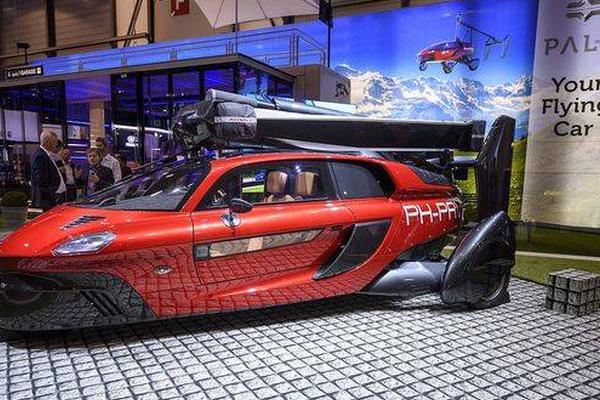 LR stock price Philippines
LR stock price Philippines
255.76MB
Check UEFA Europa League
UEFA Europa League
953.37MB
Check Free sports events uefa champions league app android
Free sports events uefa champions league app android
642.62MB
Check DigiPlus fair value
DigiPlus fair value
216.72MB
Check Bingo Plus
Bingo Plus
197.33MB
Check Hearthstone Arena Tier List
Hearthstone Arena Tier List
595.62MB
Check UEFA Champions League live streaming app
UEFA Champions League live streaming app
144.61MB
Check Europa League app
Europa League app
316.75MB
Check App to watch Champions League live free
App to watch Champions League live free
432.89MB
Check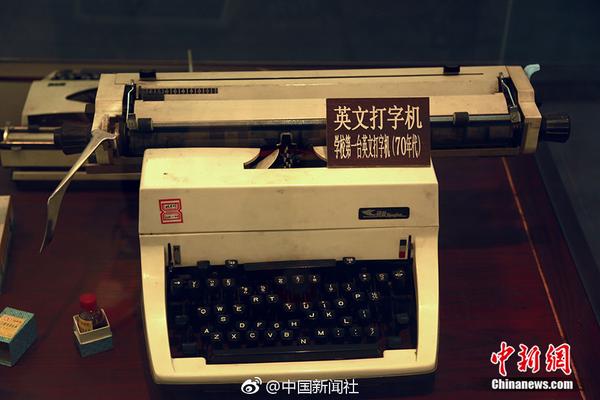 UEFA live free
UEFA live free
388.82MB
Check Hearthstone Arena class tier list 2024
Hearthstone Arena class tier list 2024
986.65MB
Check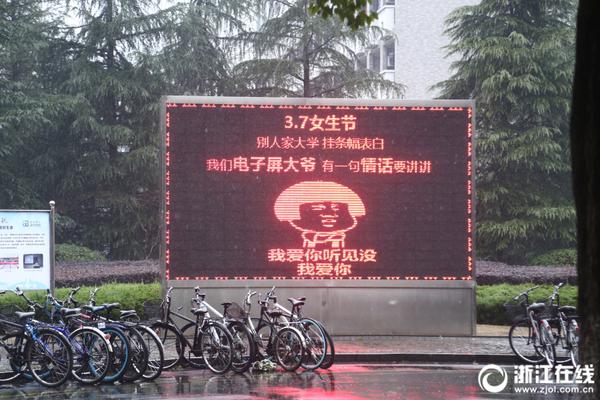 UEFA Champions League standings
UEFA Champions League standings
989.48MB
Check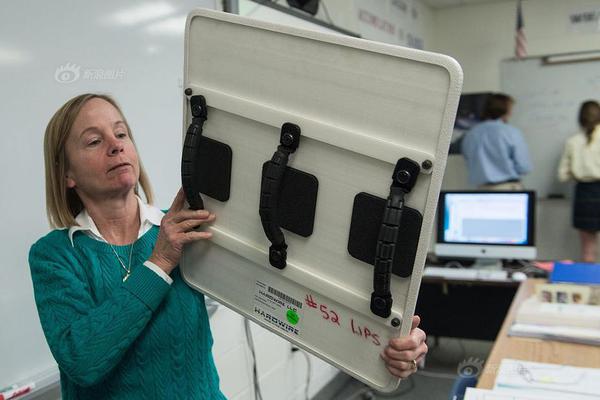 PAGCOR online casino free 100
PAGCOR online casino free 100
474.68MB
Check Hearthstone deck
Hearthstone deck
496.45MB
Check UEFA Champions League live streaming app
UEFA Champions League live streaming app
833.69MB
Check Walletinvestor digi plus
Walletinvestor digi plus
331.93MB
Check Bingo Plus
Bingo Plus
228.23MB
Check UEFA TV
UEFA TV
797.61MB
Check Casino Plus
Casino Plus
448.96MB
Check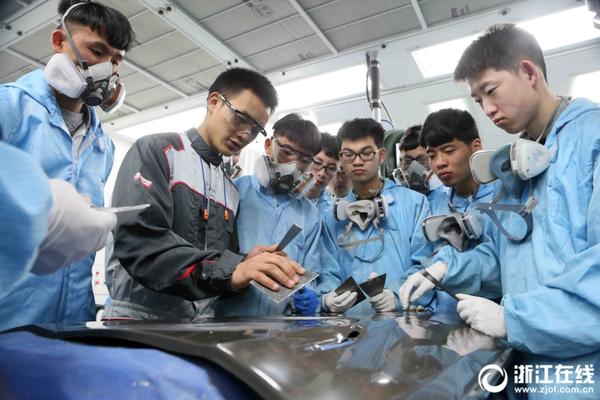 UEFA Champions League
UEFA Champions League
441.57MB
Check Casino Plus GCash login
Casino Plus GCash login
972.26MB
Check PAGCOR online casino free 100
PAGCOR online casino free 100
949.59MB
Check Hearthstone deck
Hearthstone deck
874.71MB
Check LR stock price Philippines
LR stock price Philippines
673.92MB
Check casino plus free 100
casino plus free 100
434.37MB
Check bingo plus update today Philippines
bingo plus update today Philippines
389.26MB
Check 100 free bonus casino no deposit GCash
100 free bonus casino no deposit GCash
434.42MB
Check European Cup live
European Cup live
222.52MB
Check Hearthstone Wild Decks
Hearthstone Wild Decks
433.38MB
Check Hearthstone arena deck Builder
Hearthstone arena deck Builder
171.17MB
Check UEFA European championship
UEFA European championship
563.21MB
Check Casino Plus
Casino Plus
198.92MB
Check Hearthstone arena class win rates reddit
Hearthstone arena class win rates reddit
267.98MB
Check Champions League
Champions League
282.98MB
Check Hearthstone Arena class tier list 2024
Hearthstone Arena class tier list 2024
818.25MB
Check Free sports events uefa champions league app android
Free sports events uefa champions league app android
865.53MB
Check
Scan to install
Casino Plus app to discover more
Netizen comments More
2843 DigiPlus fair value
2025-02-12 07:37 recommend
1902 UEFA Champions League live streaming free
2025-02-12 07:16 recommend
590 Walletinvestor digi plus
2025-02-12 06:48 recommend
234 Hearthstone Arena win rate
2025-02-12 05:45 recommend
84 Hearthstone arena
2025-02-12 05:12 recommend